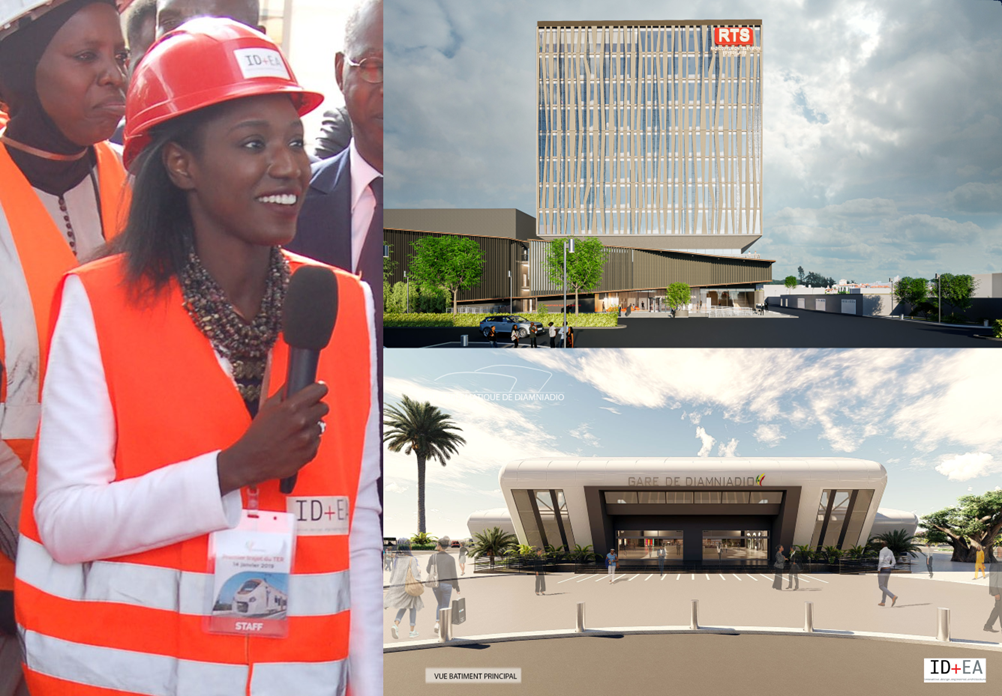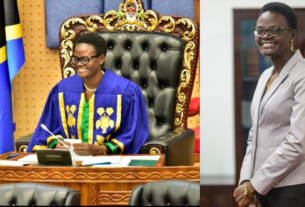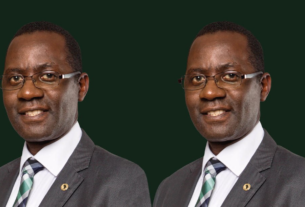Architect Fatiya Diene Mazza designed the new R+10 Tower for Radio-Télévision sénégalaise (RTS) and the refurbishment of the former building of the Senegalese public media, which will be inaugurated on Wednesday 20 March by the President of Senegal, Macky Sall. She is also the “brains” behind the design, modelling and construction of the emblematic Diamniadio station, which was inaugurated on 27 December 2021.
Since 2015, Senegalese architect, Fatiya Diene Mazza has founded and run the architecture firm ID+EA (Innovative Design Engineered Architecture), specializing in architectural design, project coordination, and site supervision. A proponent of “contemporary pan-African architecture”, Fatiya Diene Mazza works with some fifteen collaborators of several African nationalities.
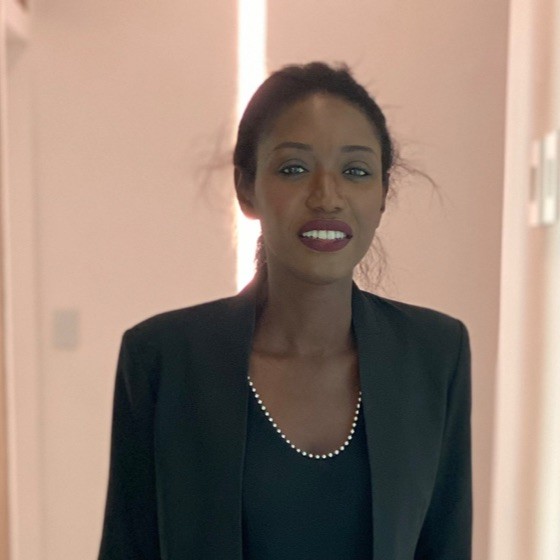
Her young company has worked and is already working on a wide range of building and interior projects, in the industrial, commercial and residential sectors, through a mix of creative styles. ID+EA is involved in all stages of an architectural project, in collaboration with its customers.
According to ID+EA, the new RTS tower will take the form of a nine-storey tower whose curtain walls will have a symbolic function, with their shape evoking the oscillations of radio waves, as well as providing protection from the sun’s rays. The building is located to the south-west of the current RTS premises and has a footprint of 2,615 m².
The tower comprises two wings separated by an atrium, with external features including a perimeter roadway with 27 parking spaces and green areas. In addition to the entrance located in front of the main building, two other entrances with guardrooms have been created on the sides towards avenue Malick Sy and rue Mbaye Worré. The building will house most of RTS’s activities, with its two main divisions: production and administration.
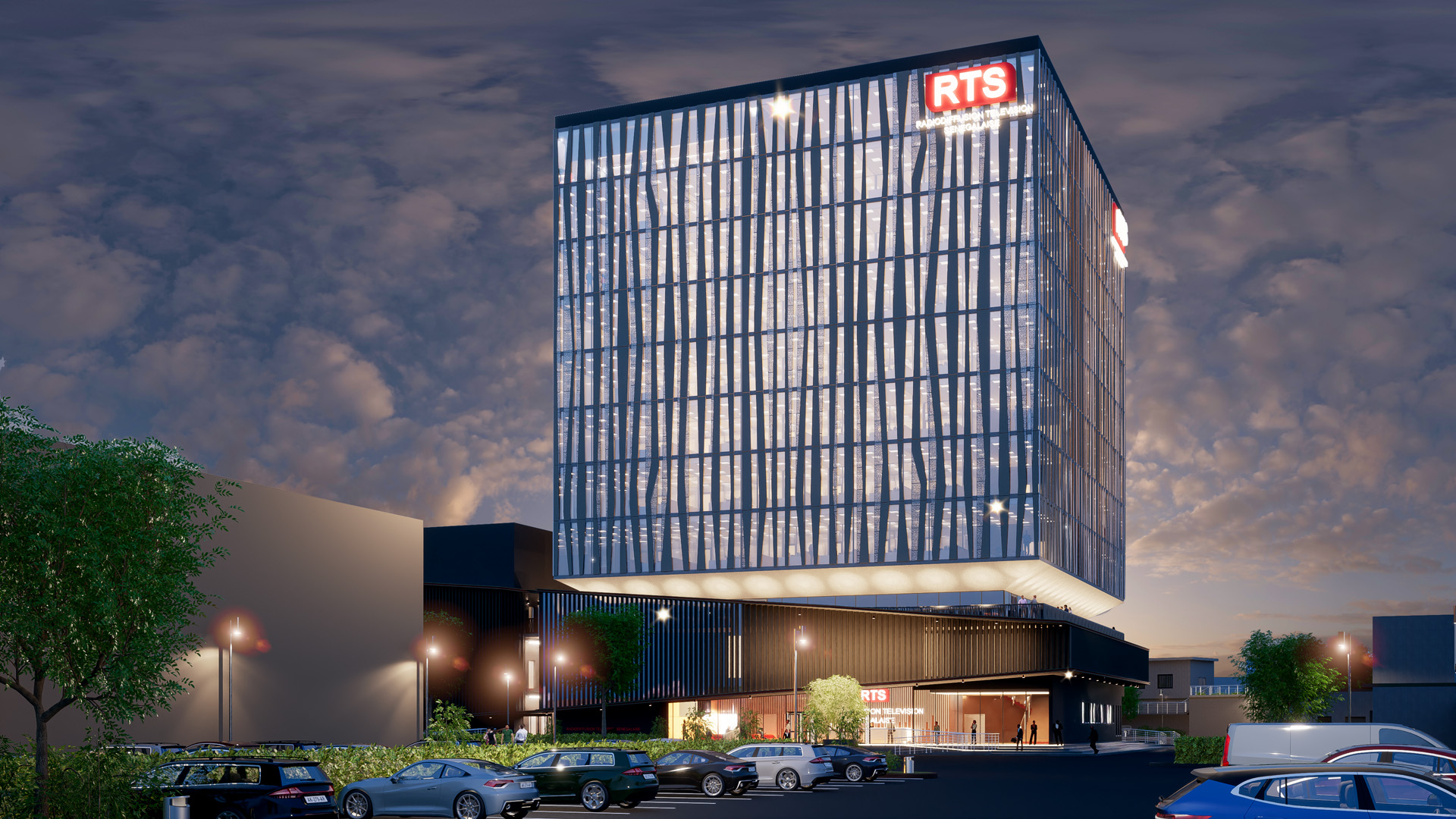
Emblematic projects
The firm’s emblematic projects include “The Black Rock House”, opening on May 26, 2019, and home to “Black Rock Senegal”, an artists’ residency initiated and directed by renowned Nigerian-born American visual artist Kehinde Wiley. The aim is to promote the creativity of African artists from the continent and the diaspora.
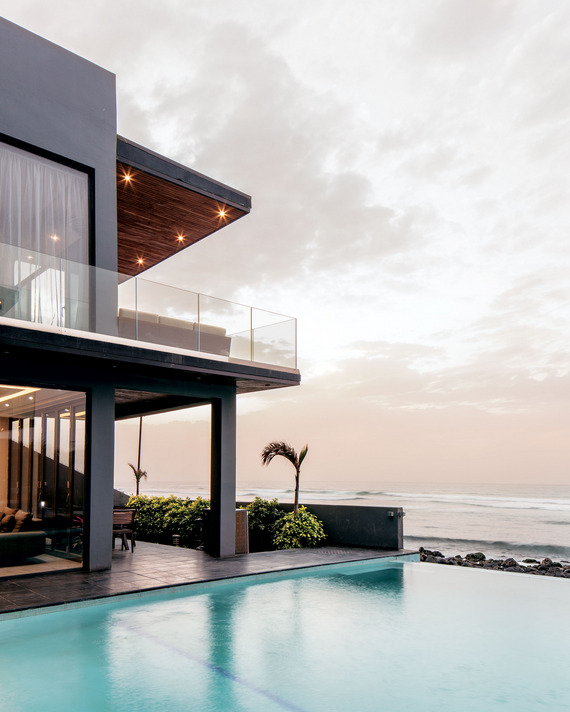
Other projects include the design of the NSIA Banque branch building in Dakar (2019), the Diamniadio Institute for Artistic Activities and the Diamniadio railway station, part of the TER project, the very first rail project in the history of independent Senegal. Diamniadio is a new Senegalese town in the Rufisque department, some 30 km from downtown Dakar. Diamniadio station links downtown Dakar to the new Blaise Diagne international airport via the TER.
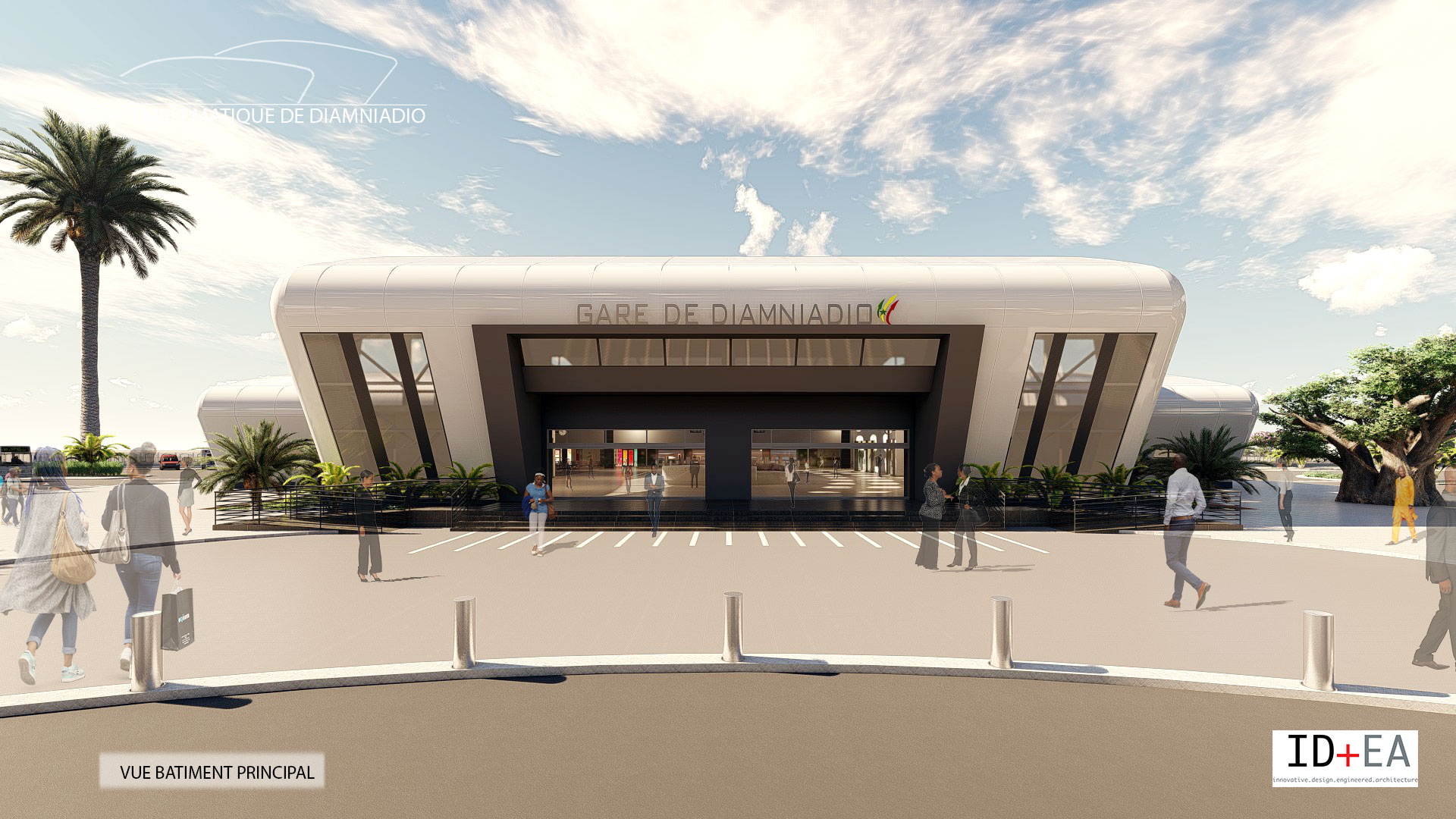
International experience
Fatiya Diene Mazza grew up in Dakar, in the Plateau district not far from the Corniche, before studying architecture at Northeastern University in Boston, Massachusetts. During her studies, she worked as a technical intern in Boston and Paris for AMA Architecture. After graduate school, she moved to California and worked for 2 years in the aviation department of the major American architecture firm HOK, where she was involved in various airport projects such as Doha’s NDIA airport, SLCI airport in Bolivia, Seattle Tacoma airport and pro-bono projects for the city to be exhibited at the 2012 Venice Biennale, under the US pavilion.
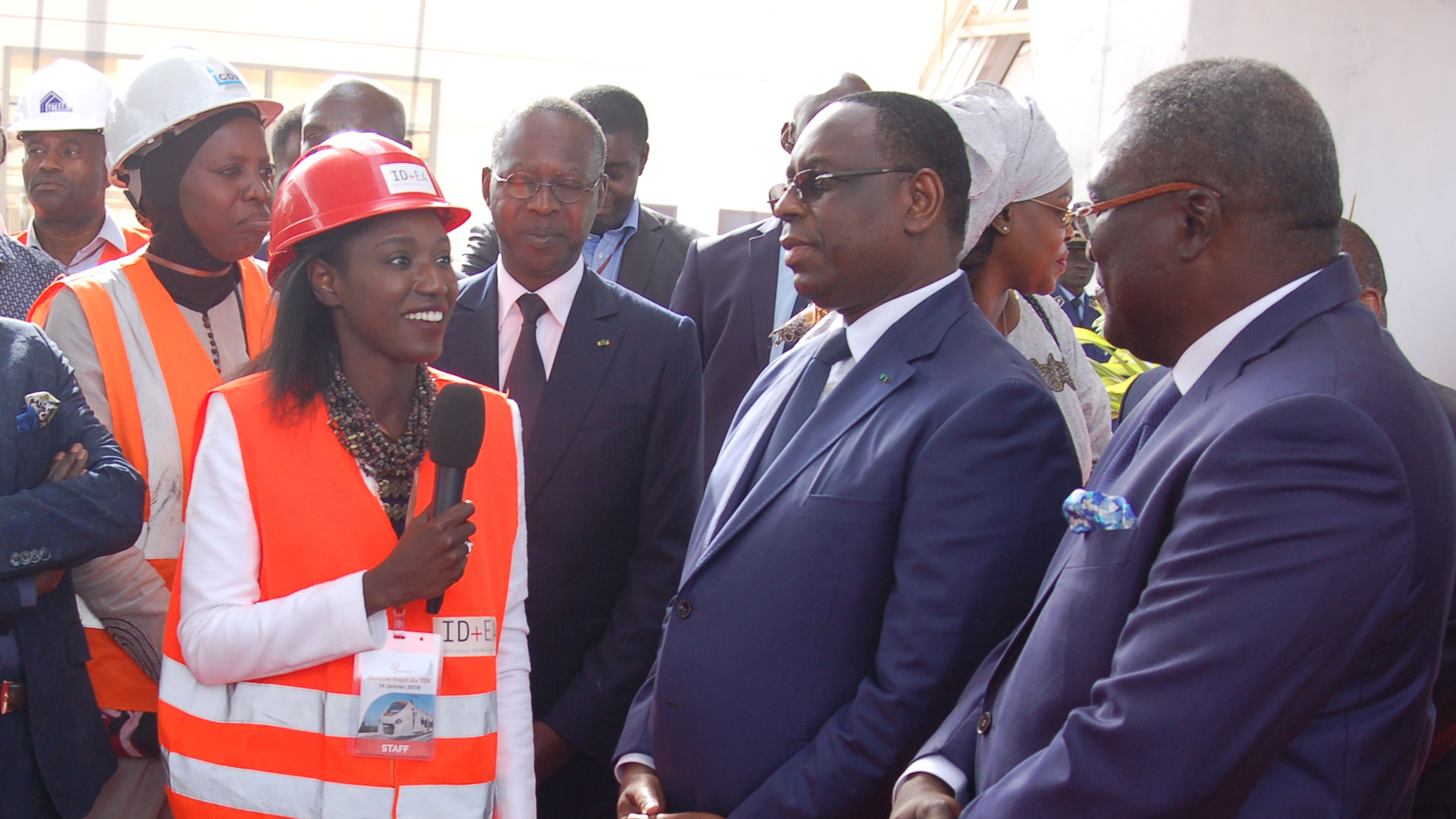
Rearranging codes and drawing inspiration from other cultures
In early 2011, Fatiya Diene Mazza moved to Sao Paulo, Brazil, where she set up her own practice, which would become ID+EA, and worked as a freelance architect. In 2015, she and her firm moved to Senegal. The architect, who likes to “rearrange codes” and draw inspiration from other cultures to design and create her local environment, is rich in several influences: the Senegalese architectural style, the iconoclastic forms of Iraq’s Zaha Hadid, the minimalism of Japan’s Tadao Ando or the singular, creative style of Jean Nouvel, between concrete and light, etc.
UBIKIWITI, a unique home
At the forefront of the redefinition of architectural practices and the advent of a new era of environmentally-friendly design, Fatiya Diene Mazza has built the UBIKIWITI house (700m²), a unique home in the heart of the city of Mbour (West). The house, with its expressive architecture, was built using raw, local materials – mainly pisé (rammed earth).
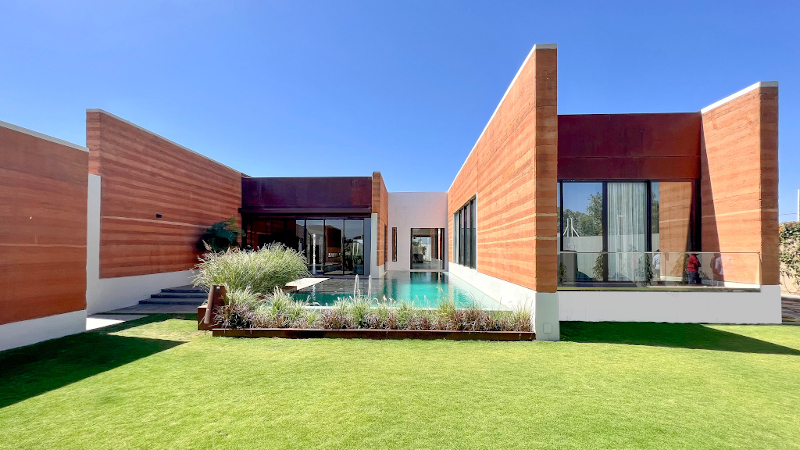
The UBIKIWITI house was born of Fatiya Diene Mazza’s vision of blending the aesthetics and functionality of modern architecture with traditional African building techniques. In this way, the UBikiwiti house bridges the gap between the old and the new, the indigenous and the global.
Sustainable architecture
Fatiya Diene Mazza’s architectural projects incorporate the latest environmentally-friendly technologies and draw inspiration from Senegal’s rich cultural heritage. In her projects, the architect uses natural elements such as sunlight and wind to create energy-efficient buildings. She also advocates the use of locally sourced materials, minimizing the impact on the environment. Clearly committed to sustainable architecture, Fatiya Diene Mazza is a role model for the current and future generation of architects in Africa and elsewhere in a world facing the challenge of climate change.
